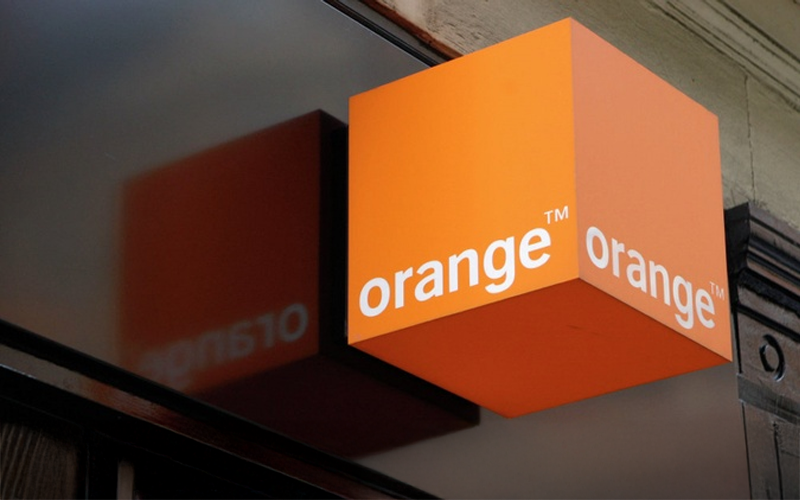AI-based application lets fiber installers easily verify intervention compliance
Orange, a leading telecommunications company in France and Europe, undertook an Artificial Intelligence-based transformation in 2020. This new vision for data and AI aims to help the thousands of technicians, engineers and other professions employed by the group with tasks that are too complex for humans to manage alone. At the same time, an overhaul of data product governing regulations was also launched.
To implement their new strategy, Orange was accompanied by data service consulting firm Artefact. Together, the two businesses industrialized numerous use cases to support the group’s Business Units, facilitate technical decision-making and transform the business by realizing the potential of data and AI.
Among these jointly constructed use cases is an AI solution designed to assist Orange technicians in connecting clients to the fiber network. This solution, integrated into the technician’s application, verifies that none of their interventions on network equipment generate “defects” or “non-conformities”, which are often the cause of the growing degradation of the fiber network in France.
“In 2022, we increased the number of connections by 23% compared to 2021. This sustained growth has led to an increase in reported malfunctions. This is why ARCEP made it mandatory, in summer 2021, to take pictures before and after each intervention.These images have a triple objective: to monitor, to intervene as quickly as possible in the event of a problem and to penalize the operators found at fault.For Orange, this regulation requires the analysis of 20,000 photos daily. A task impossible to perform quickly and faultlessly without AI assistance.”Médéric Chomel, VP Data, AI & Automation at Orange France
An AI solution based on image recognition
Asking technicians to verify numerous control points at the job site, or having enough human resources dedicated to analyzing the 20,000 pictures generated every day is not a feasible solution. This would be too time-consuming, too costly, and would not be error-proof. In addition, sampling is not an option, as each and every intervention must be verified.
To review these tens of thousands of photos daily (10,000 interventions x 2 – 10 photos), Orange and Artefact developed an algorithmic model using image recognition (computer vision). Technicians, via their mobile app, send their photos to an artificial intelligence engine which checks in near real-time whether their work is in conformity. If the technician disagrees with the machine’s recommendations, they are free to ignore them. The AI is perfectly integrated into the technician’s workflow.
Success factors: quality data, multidisciplinary teams, transfer learning model
The project was led by a multidisciplinary team with a mix of profiles from both Orange and Artefact. A feature team was created, composed of the Product Owner, data scientists, engineers, users, and experts from other professions to work on delivering the solution.
Time was the first issue faced by the team in charge of the project. Orange only had nine months to deploy the first version of their solution. This is why they decided to base part of the project on “transfer learning”, a method of using pre-existing models either already in use within the company, or available as open source. Artefact teams then reworked these models via retraining, labeling and pre-processing, to shorten delivery time, and also developed several others from scratch.
The team then looked at the response times of different computer vision solutions. Some solutions on the market processed images in seven or even eight minutes, while the target time was three seconds. The application should be launched when the technician is about to leave the site. It is impractical to ask the person to wait 10 minutes to check the conformity of his installation. To reduce latency as much as possible, calculations are parallelized. Thus, several models are executed at the same time to obtain results in quasi real time.
The third challenge, but certainly not the least, was analysis precision. In order to ensure maximum accuracy, the algorithm had to be supplied with a huge quantity of compliant and non-compliant photos. The labeling of these images was carried out by a partner company called Isahit, which was able to process 80,000 photos in three months of development while respecting data confidentiality.
“This project is part of Orange’s long-term AI transformation strategy. We have packaged the code so that it can be reused in future use cases where image recognition is needed. This AI product has already been reused to support fiber technicians in another field of operations.”Vincent Luciani, co-founder and CEO of the Artefact group.
Change management: encouraging end-user adoption of the application
To understand their way of working, technicians have been part of the project from the very beginning . This allowed the development team to identify several points, one of which is crucial: the application should not be perceived as a means of controlling the work of technicians, but as a tool to facilitate their daily work.
So, to ensure that end-users are comfortable with the application and that it was ethically designed, the team worked on two aspects.
First, technicians must be able to maintain control over the machine and go against its recommendations. This is why the explainability of the results returned by the model was a core value. If the model finds one or more non-conformities, the AI must specify which area or areas are affected.
Then, once a first version of the application was ready, the team had it tested by 50 volunteer technicians. This allowed the team to collect relevant feedback so they could improve the models. As an example, the conditions in which the photos are taken can lead to confusion between orange-colored cables (from Orange) and red-colored cables (competitors). The recurrence of this error led the feature team to improve the algorithm’s acceptability. The model’s performance was reduced in order to avoid contradicting what the human sees.
For Vincent Luciani, co-founder and CEO of the Artefact group,
“All of our AI projects are designed to respect the seven fundamental principles for ethical AI use established by a group of European Commission experts. The first of these values is human control. We have placed technicians at the heart of the project to ensure that this new solution makes their daily lives easier and doesn’t hinder their autonomy. This has also been crucial for its adoption by all Orange installers.”
A success which is part of a global transformation strategy through AI
In just nine months, this new application was designed, tested, corrected and industrialized on a large scale. It was a real technical and human feat, as the tool has now been adopted by the 10,000 technicians deployed every day in France.
This application is just one of the 150 use cases developed by Orange over the last two years as part of its transformation through AI. Since then, Orange – together with Artefact – has put 15 new models into production to support other functions, such as sales or customer service.
“Regulations on artificial intelligence are in the process of being developed. Our transformation, using data and AI, is intended to be respectful of privacy, to benefit humans and their environment, and to be unbiased. This is why this strategy anticipates future regulatory changes as far as possible. We must remember that this type of project is not just technical; humans are the greatest factor in their success,”Médéric Chomel, VP Data, AI & Automation at Orange France.
To turn on English subtiles, click the "CC" icon and then click on "Settings". After, choose the "Subtiles" option and then "Auto-translate" to English or the language of your choice.

 CLIENT CASES
CLIENT CASES